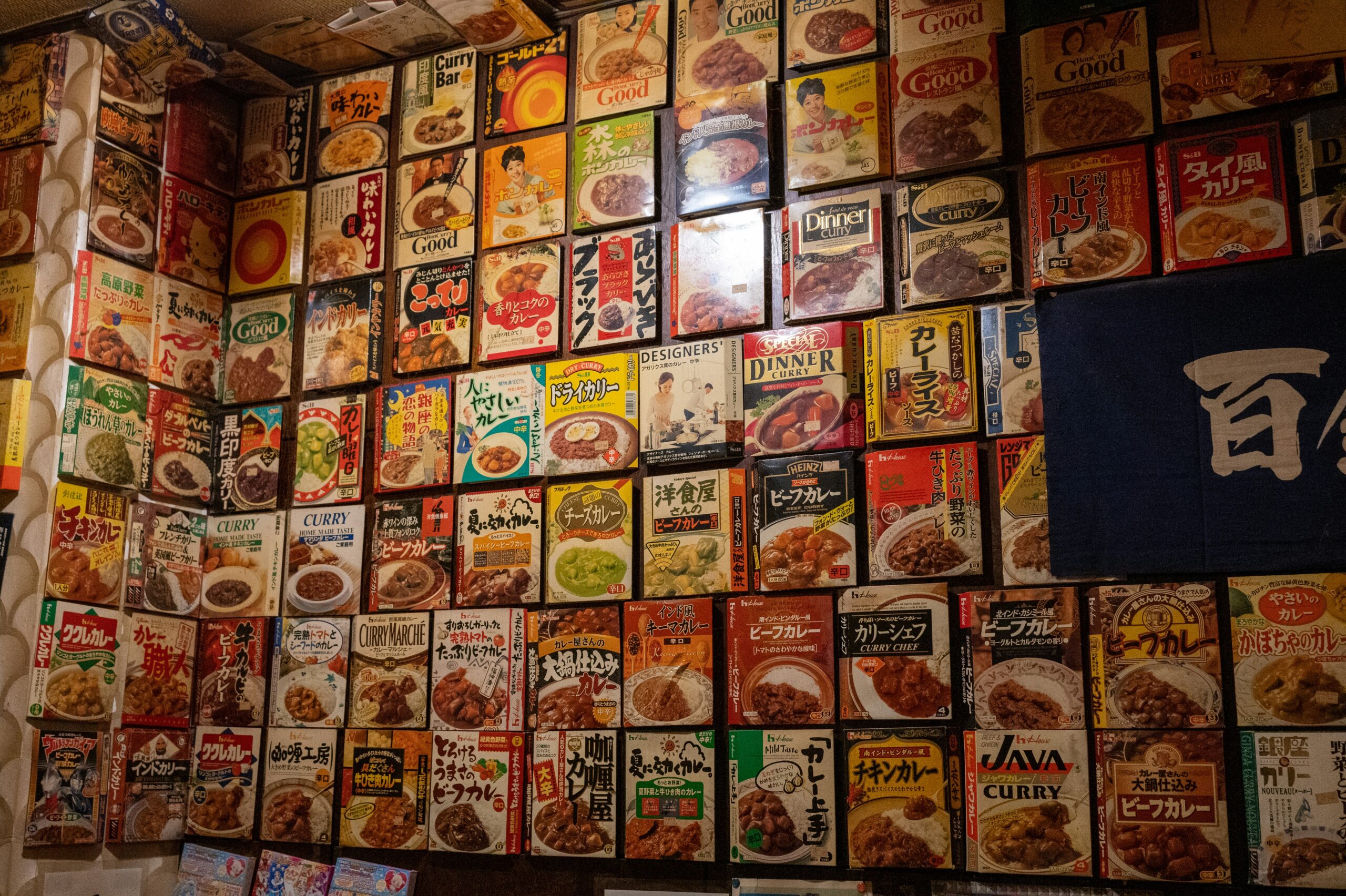The Early Days: Simple and Natural
In the early 20th century, cereals like Kellogg’s Corn Flakes and Post’s Grape-Nuts were characterized by their natural colors, primarily derived from the grains themselves. The focus was on simplicity and nutrition, with minimal emphasis on visual appeal.
The Rise of Artificial Colors
The mid-20th century witnessed a significant transformation as manufacturers began introducing artificial food dyes to make cereals more visually appealing, especially to children. Brands like Kellogg’s and General Mills incorporated bright colors to attract young consumers, leading to the creation of iconic cereals such as Froot Loops and Trix.
These synthetic dyes, including Red 40, Yellow 5, and Blue 1, became prevalent in the industry. However, concerns over their potential health effects, including links to hyperactivity in children and other health issues, began to surface.
Health Concerns and Regulatory Responses
As scientific studies raised alarms about the safety of certain artificial dyes, regulatory bodies took action. In 2024, the U.S. Food and Drug Administration (FDA) banned Red 3 due to its potential carcinogenic effects. This move was part of a broader initiative to phase out harmful synthetic dyes from the food supply.
Simultaneously, states like California implemented their own bans on specific food dyes in school foods, prompting manufacturers to reconsider their ingredient choices.
The Shift Towards Natural Alternatives
In response to growing consumer demand for cleaner labels and safer products, many cereal manufacturers began exploring natural alternatives to artificial dyes. Ingredients such as beet juice, turmeric, and spirulina are now being used to achieve vibrant colors without the associated health risks.
Companies like General Mills and Kellogg’s have started reformulating their products to eliminate artificial dyes, aligning with both regulatory changes and consumer preferences for more natural ingredients.
Conclusion: A Century of Change
The evolution of food dyes in breakfast cereals over the past 100 years highlights a significant shift from artificial additives to natural alternatives. As consumer awareness and scientific research continue to influence the food industry, the trend towards cleaner, safer ingredients is expected to grow, ensuring that the cereals of tomorrow are as healthy as they are colorful.

